Have we been duped about dinosaur extinction? Well, it turns out that we pretty much have been. Since the very first time that paleontologists have found dinosaur fossils, people have known about the existence of these prehistoric, mesmerizing, and typically large creatures. Dinosaurs dominated the biosphere of our planet during what is called the Mesozoic Era, which spanned from roughly 250 million years ago to 66 million years ago. Dinosaurs especially thrived during the Jurassic (201 million years ago to about 145 million years ago) and Cretaceous (145 million years ago to about 65 million years ago) periods of this era until they all went extinct at the end of the Cretaceous, about 65 millions years ago, very likely due to an asteroid impact. With this tragedy, the impressive reign of the once mighty dinosaurs came to a close. Or, so we thought…
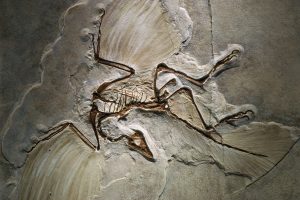
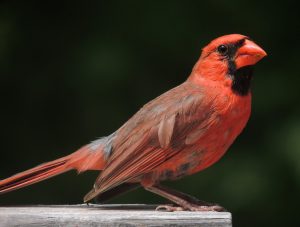
However, it turns out that not all dinosaurs went extinct! Around 150 millions years ago, during the Jurassic period, a group of small, feathered theropod dinosaurs (dinosaurs that are characterized by hollow bones and three toes and includes famous dinosaurs such as members of the genera Tyrannosaurus, Carnotaurus, Spinosaurus, and Velociraptor) evolved into a group of animals we are very much familiar with, the birds. That is exactly right. Your backyard northern cardinal, the woodpecker you saw on your last hike through River Legacy, and your pet parakeet are all very distant cousins of the T-Rex and raptors from those ancient times! The similarities between these enigmatic animals of the past and our feathered friends abound. For instance, the presence of feathers, a key feature of birds, in dinosaurs such as members of the genus Archaeopteryx has been long documented. Research has also shown similarities between dinosaur and bird skeletons, particularly in the neck, pelvic, and pectoral areas. Behavioral similarities between birds and dinosaurs have been documented as well, ranging from brooding and caring for offspring, to similar sleeping posture, to the ingestion of gizzard stones which are stones that aid in digestion in birds and other animals. In 2008, another proof of the link between dinosaurs and birds emerged: the discovery pointing to the presence of air sacs, another key characteristic of birds, in the genus Aerosteon, a theropod dinosaur from Argentina.
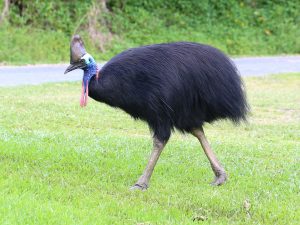
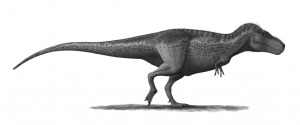
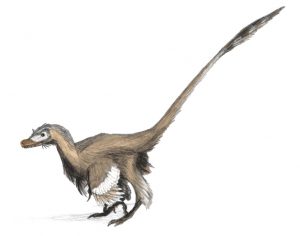
Even as the mighty dinosaurs took their last breath in the aftermath of the late Cretaceous impact event, a small but persistent group of theropod dinosaurs managed to escape catastrophe, survived the extinction event, and eventually flourished and evolved into an amazing diversity of roughly 10,000 bird species found today, from the wild turkey to the turkey vulture, from the hummingbird to the ostrich, from the blue jay to the mallard duck.
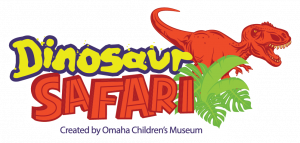
Do you and your family want to experience more of the world of dinosaurs, birds’ long-extinct distant cousins? River Legacy Nature Center is excited to present Dinosaur Safari, a traveling exhibit that is open NOW and will run through February 12th, 2022. Come immerse yourself back in the Mesozoic as you learn more about our prehistoric past and experience life-sized dinosaur models, while children get hands-on experience in investigating the clues these animals left behind. Click here to learn more about this limited time exhibit.
Dinosaur Safari is created by Omaha Children’s Museum.
